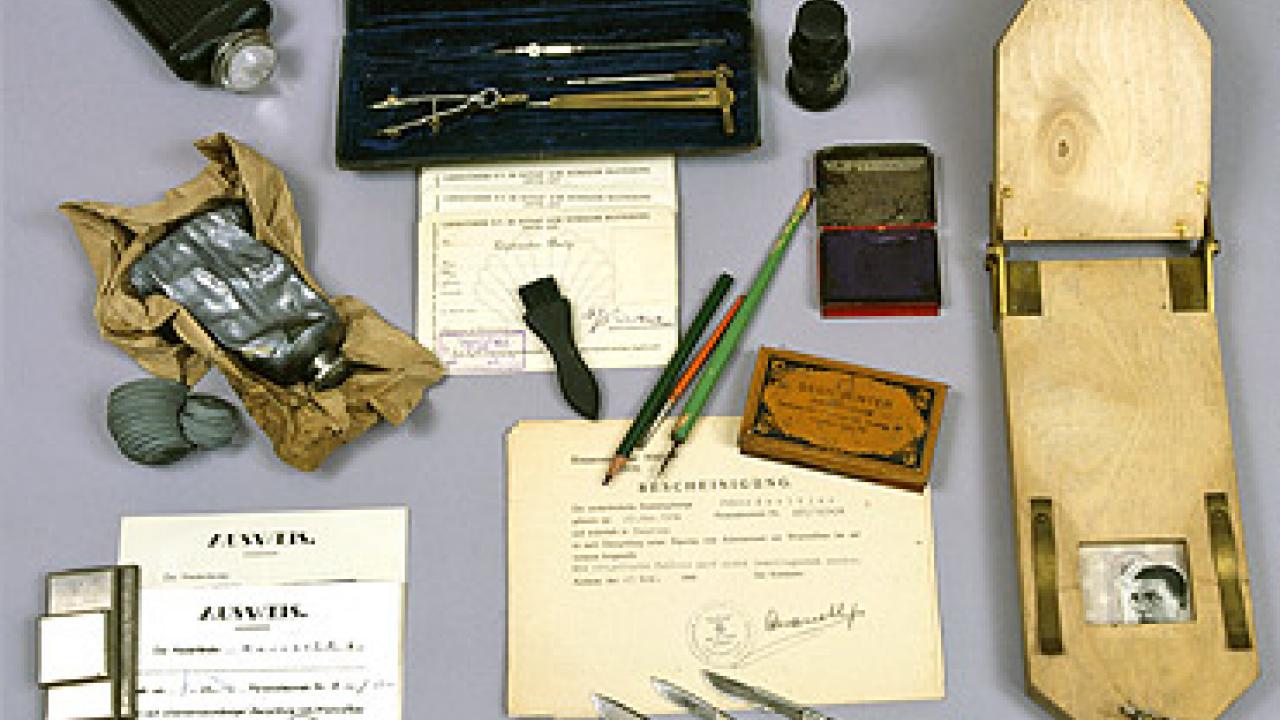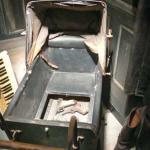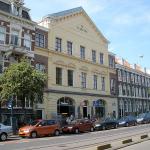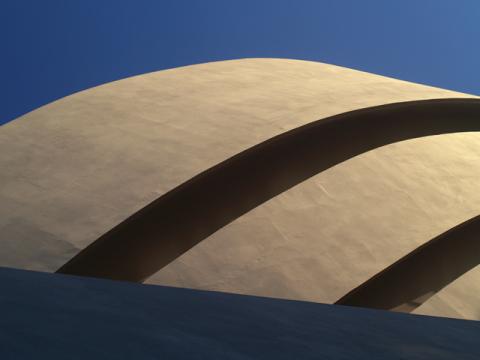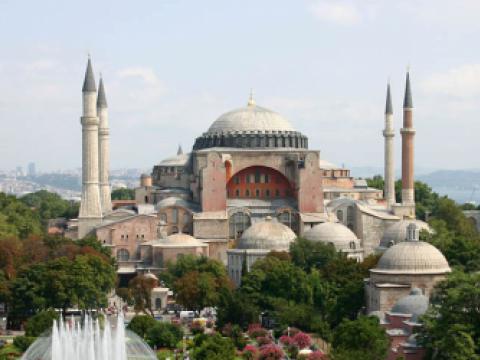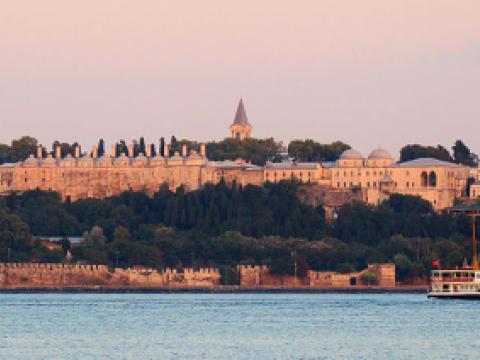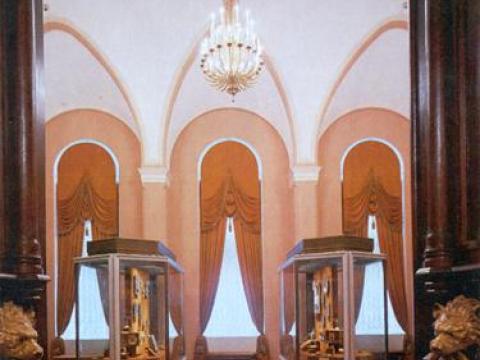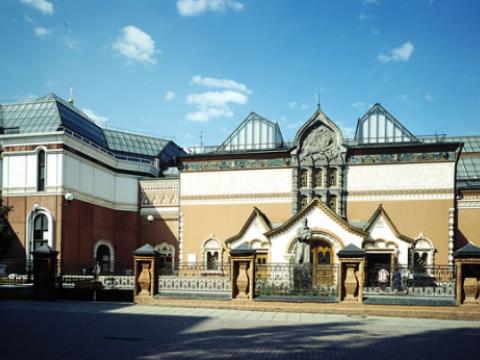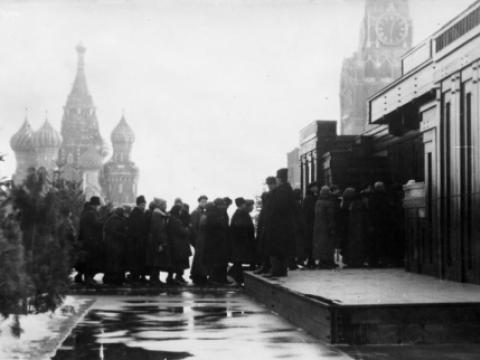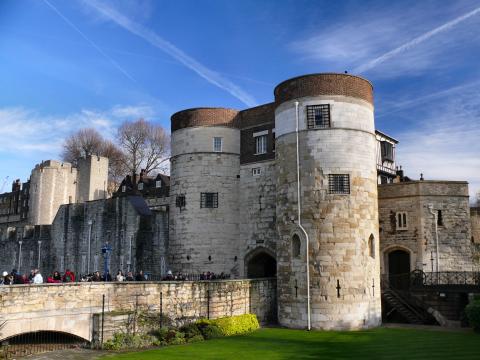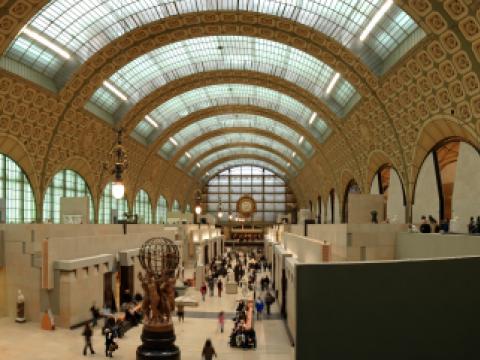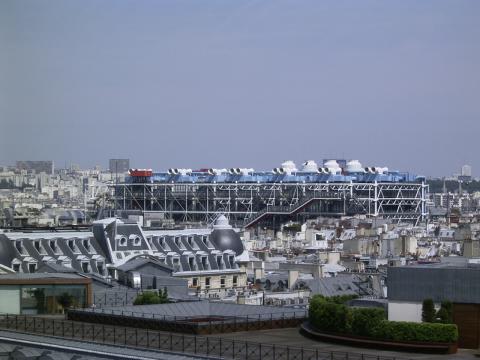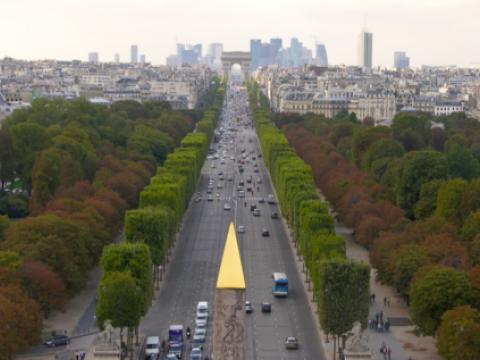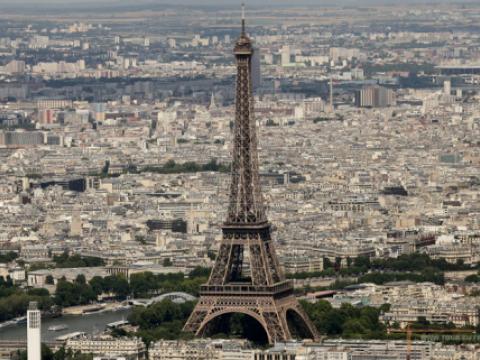Location
The Dutch people are proud of their anti-fascist history and, therefore Dutch Resistance Museum is one of the most popular WWII-themed museums. It was made primarily to remind the citizens of Amsterdam of the horrible days of the Nazi occupation that lasted from 1940 to 1945. The propaganda posters, various photographs and items from that period are permanently exhibited there to give the visitors a realistic insight in the heroic struggle of the Dutch resistance movement. The museum offers guided tours both in Dutch and in English.
The Resistance Museum is located in the museum area of Amsterdam in the Plantage Kerklaan 61. Subway lines 51, 53, and 54 are near, as well as the tram line 9.
The entrance fee for adults is 8 euros, for children between 7 and 15 is 4.5 euros and is free for the younger ones.







